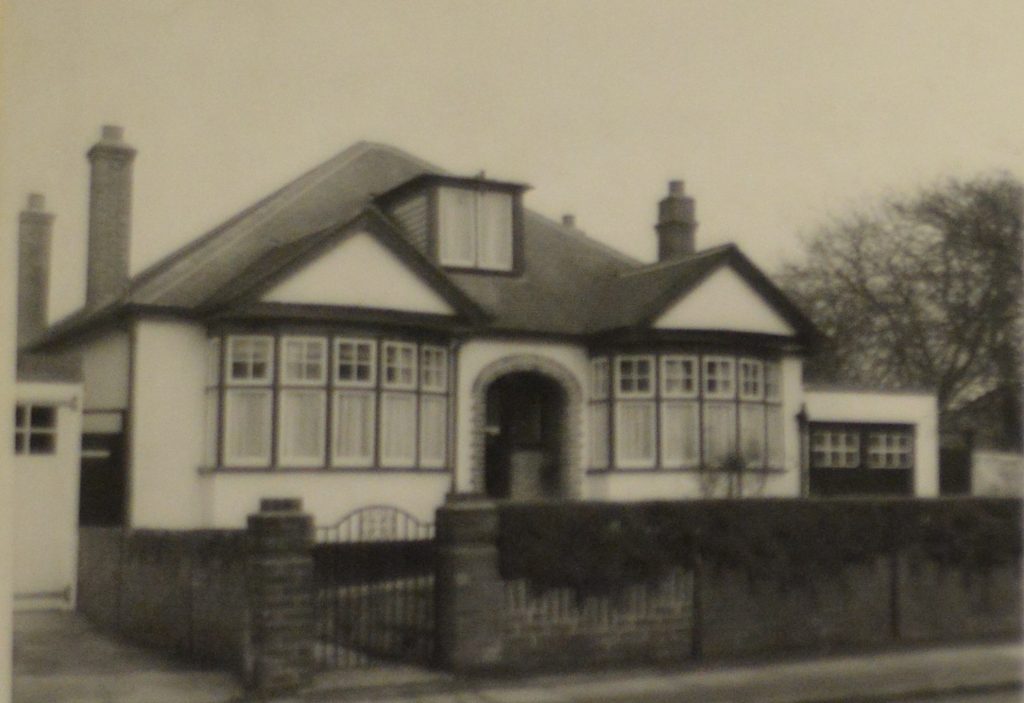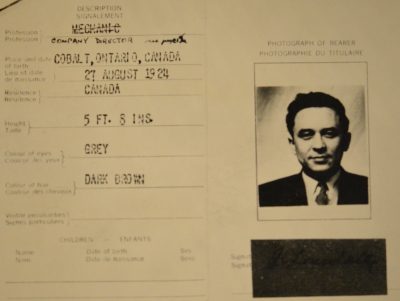
Today, on 24 September 2019, the domestic intelligence service MI5 released files to the National Archives about the Portland Spy Ring, revealing that one of the Soviet Union’s most successful spy rings in the UK could have been caught four years earlier if the Admiralty had listened to the ex-wife of one of spy ring’s members.
In January 1961, all five members of the Portland Spy Ring were arrested simultaneously and their homes searched for spycraft. Elaborate equipment for hiding and transmitting secret messages had been disguised around their homes, much of which is on display for the first time in our free Top Secret exhibition, which runs at the Science Museum until 23 February 2020.
The spy ring had been smuggling copies of top-secret British naval documents from the Admiralty Underwater Research Establishment at Portland, including details of the UK’s nuclear submarine programme, and passing them onto Soviet Russia. The spy ring was foiled by a collaboration between the police and Britain’s intelligence agencies, including MI5 and GCHQ.

Two members of the spy ring, Helen and Peter Kroger, appeared to be an ordinary Canadian couple living in an unremarkable London suburb. But this seemingly conventional husband and wife were living undercover. In fact, they were spies, smuggling top-secret British documents to the Soviet Union using tiny dots called ‘microdots’ – documents and photographs shrunk down to the size of a full stop – hidden in books and letters.

The top-secret British documents they were sharing with the Soviet Union included designs for HMS Resolution, Britain’s first submarine equipped with nuclear ballistic missiles developed at the naval research base at Portland, Dorset. From the early 1950s, Harry Houghton and Ethel Gee worked at the base as civilian employees. A drunkard with money problems, Houghton, passed on the top-secret naval documents to spy ring master Gordon Lonsdale, a Soviet illegal named Konon Molody pretending to be a Canadian businessman. In turn, Lonsdale passed them on to the Krogers for transmission to Moscow.

As revealed in the documents released from MI5 to the National Archives, in 1955 Houghton’s soon-to-be ex-wife Alice Houghton contacted staff at the Admiralty with concerns that her husband was stealing naval documents and had been compromised as a Soviet spy, in part because he suddenly had access to large amounts of money.
At this time, Alice and Harry Houghton were going through a nasty separation and later divorce. The newly released files also reveal that Houghton beat his wife and even tried to kill her in 1954 by pushing her off a cliff at Portland Bill, only to be interrupted by passersby.
Unfortunately, Alice Houghton’s three separate warnings to Admiralty were dismissed as “outpourings of a disgruntled and jealous wife … made in the spur of the moment and out of pure spite.”
With Houghton’s ex-wife’s warnings dismissed, the spy ring continued to operate for another four years until their arrest in January 1961. All five members of the spy ring were convicted and received long sentences, ranging from 15 to 25 years, although Gordon Lonsdale and the Krogers were exchanged for Britons accused of spying in the Soviet Union. Until they were caught, the Portland Spy Ring was one of the most successful spy rings to operate in Cold War Britain.
In March 1961, two months after the spy ring had been arrested, the future Director General of MI5 Martin Furnival Jones admitted that the spy ring could have been discovered much earlier if the security services properly investigated Alice Houghton’s reports.
In a 1961 memo, from the newly released National Archives files, he observed:
“Looking at it dispassionately now I think it is clear that we ought to have carried out some investigation in 1956,” he wrote. “If we had done so there is a fair chance that we would have unearthed Houghton’s espionage and the probability is that we would have discovered that he was being controlled as a spy by a member of the Soviet Embassy.”
This was originally posted in support of our Top Secret: From Ciphers to Cyber Security exhibition that was open from 10 July 2019 – 23 February 2020.
2 comments on “The Top Secret Portland Spy Ring”
Comments are closed.

Would this have been a matter for MI6 back then?
Hi Oliver. Good question! The Portland Spy Ring were based in the UK so it was a matter for MI5, the domestic intelligence service, rather than MI6, which is the foreign intelligence service. Elizabeth Bruton.